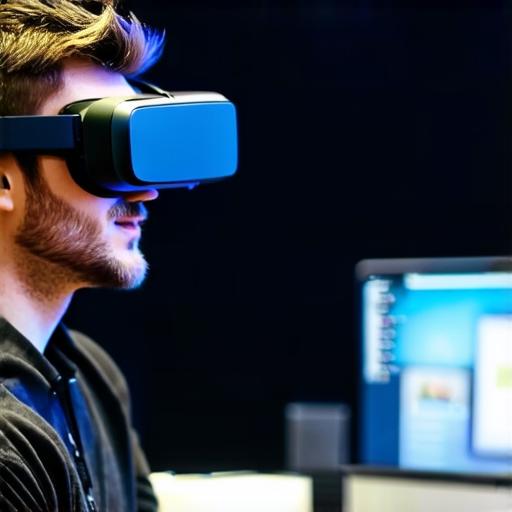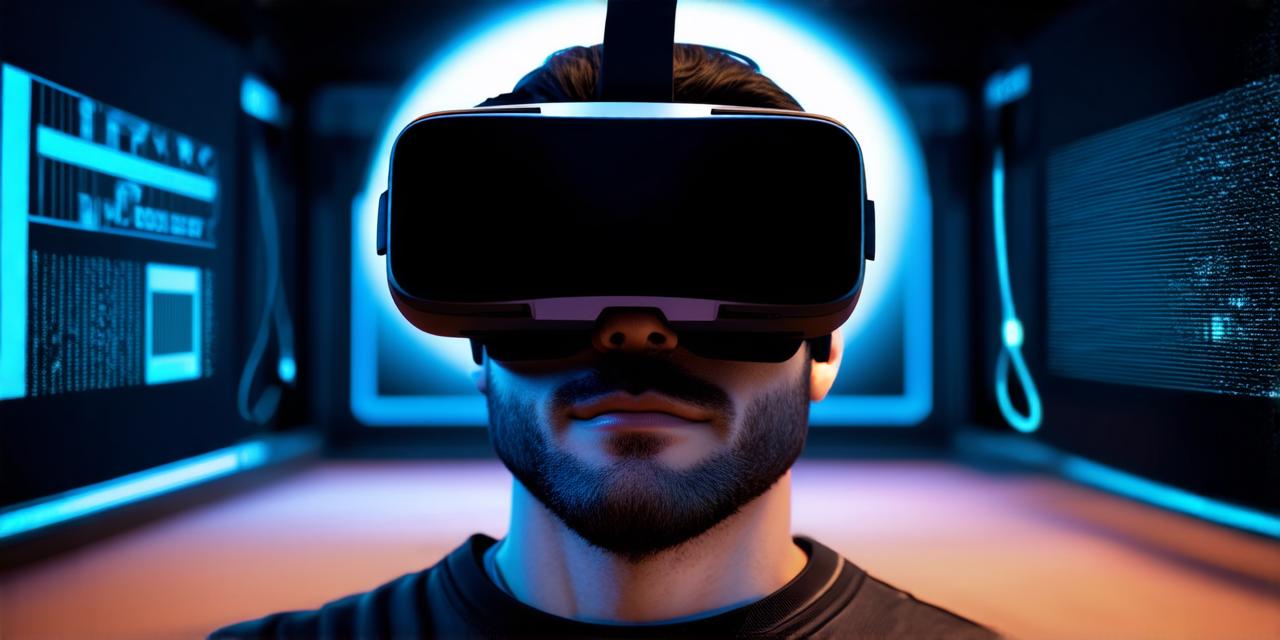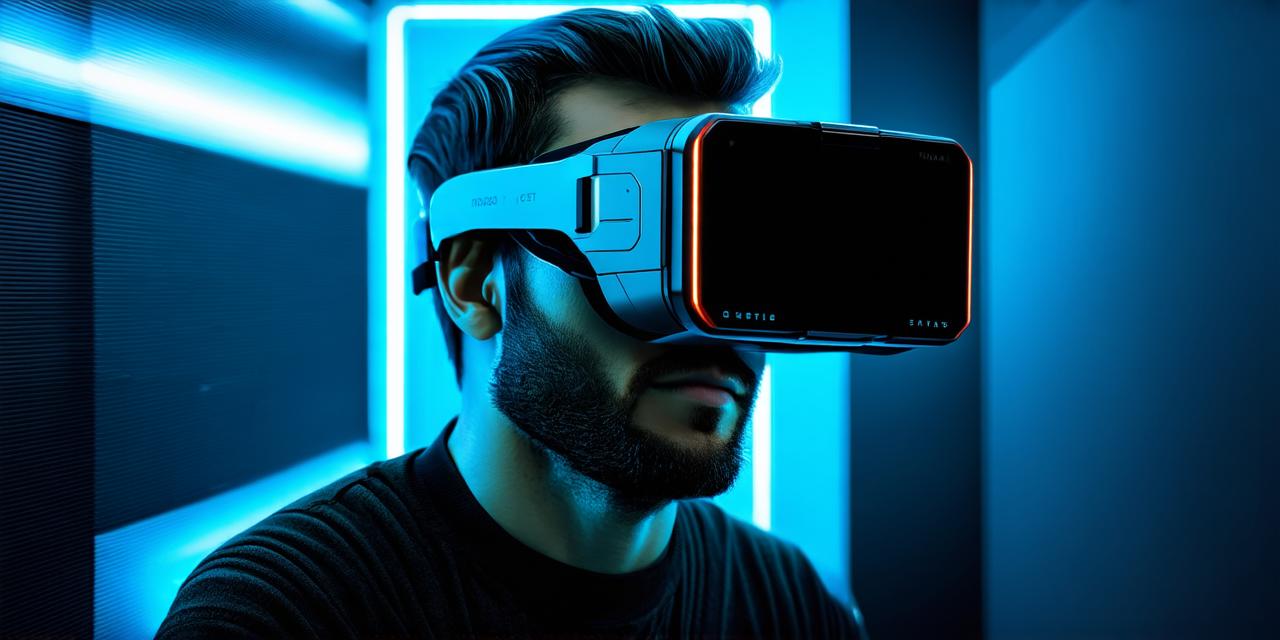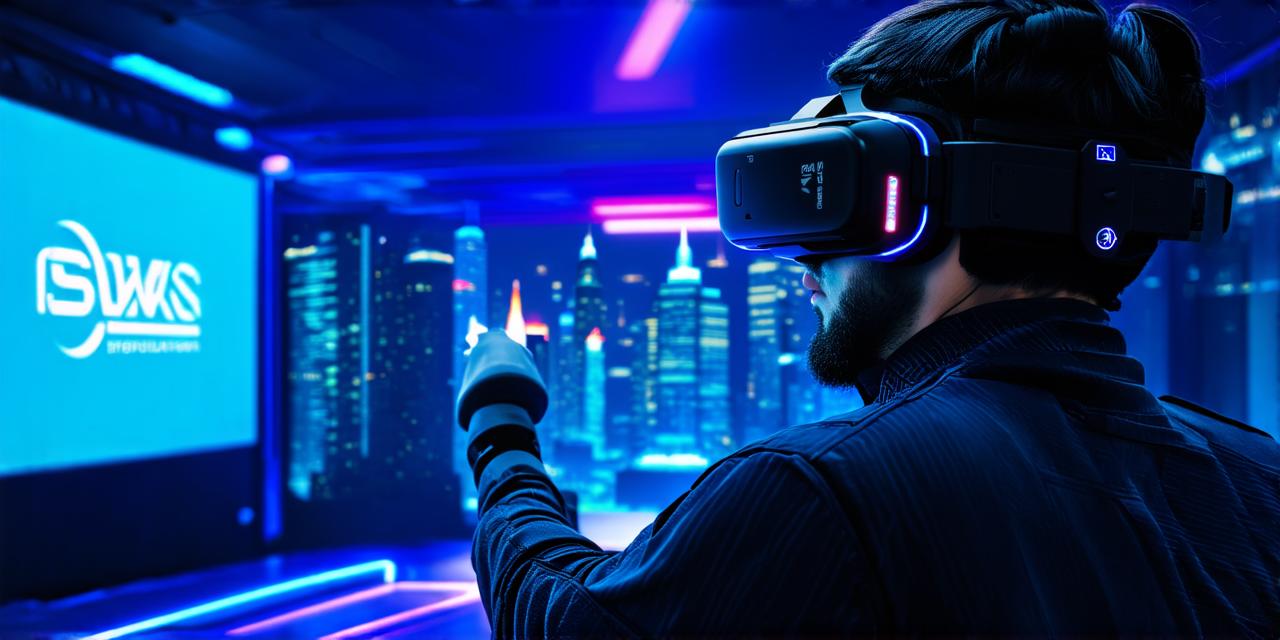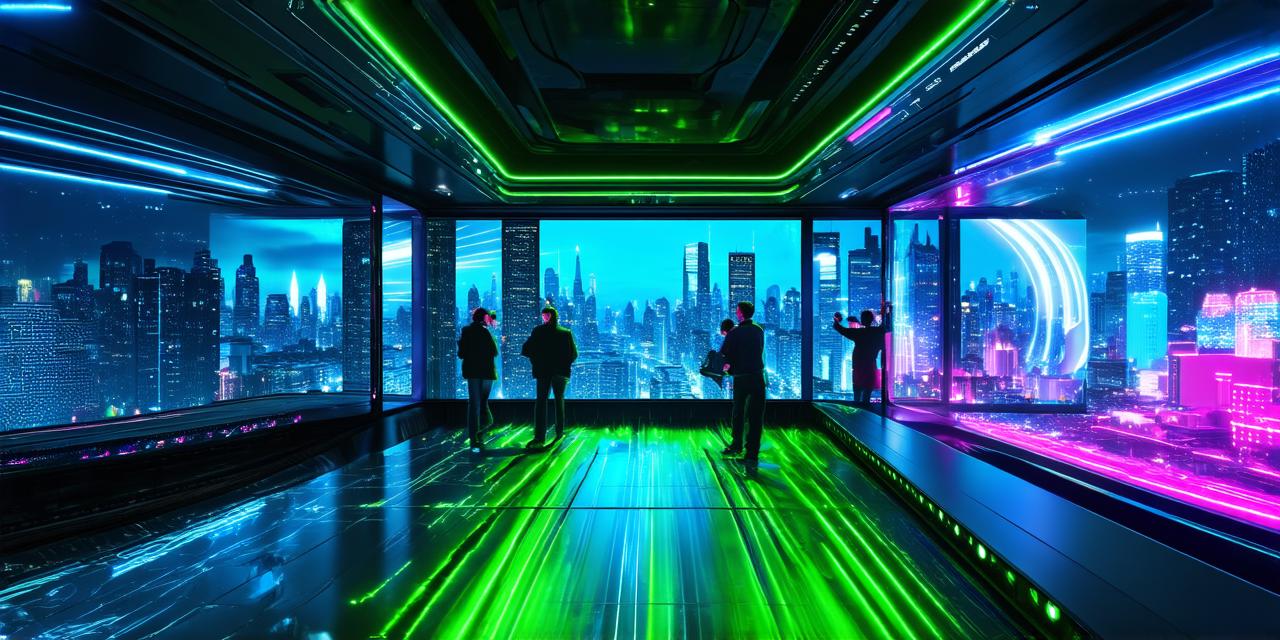Virtual reality technology has advanced significantly in recent years, with VR headsets becoming more immersive and accessible than ever before. In this article, we will explore how VR headsets work and the technologies that make them possible.
The anatomy of a VR headset
A typical VR headset consists of several key components:
- Display screens: These are used to display stereoscopic images, which create the illusion of depth and distance in the virtual environment.
- Lenses: These lenses are used to project the images onto the user’s eyes, creating a realistic sense of immersion.
- Motion tracking sensors: These sensors track the movement of the user’s head, allowing the VR system to adjust the images displayed in real-time and create a more seamless experience.
- Processor: The processor is responsible for rendering the virtual environment and processing the data from the motion tracking sensors.
- Headphones: These are used to provide audio feedback, creating a more immersive experience by matching the visuals with sound.
How VR headsets work
The process of using a VR headset begins when the user puts it on and adjusts the settings. The VR system will then begin to track the user’s movements, using sensors to determine their position and orientation in real-time.
This information is used by the processor to render the virtual environment, which is then displayed on the display screens through the lenses. By adjusting the images displayed in real-time based on the user’s movements, the VR system creates a seamless experience that feels as if the user is actually physically present in the virtual environment.
The use of stereoscopic displays and motion tracking sensors are key to creating this sense of immersion. By presenting two slightly different images to each eye, the brain is able to perceive depth and distance in the virtual environment. Additionally, by tracking the user’s movement, the VR system is able to adjust the images displayed in real-time, creating a more realistic experience that closely mimics the way we perceive our physical world.
Advancements in VR technology have made headsets more accessible and affordable than ever before. With continued innovation, it is likely that VR technology will continue to advance, allowing for even more immersive and interactive experiences.